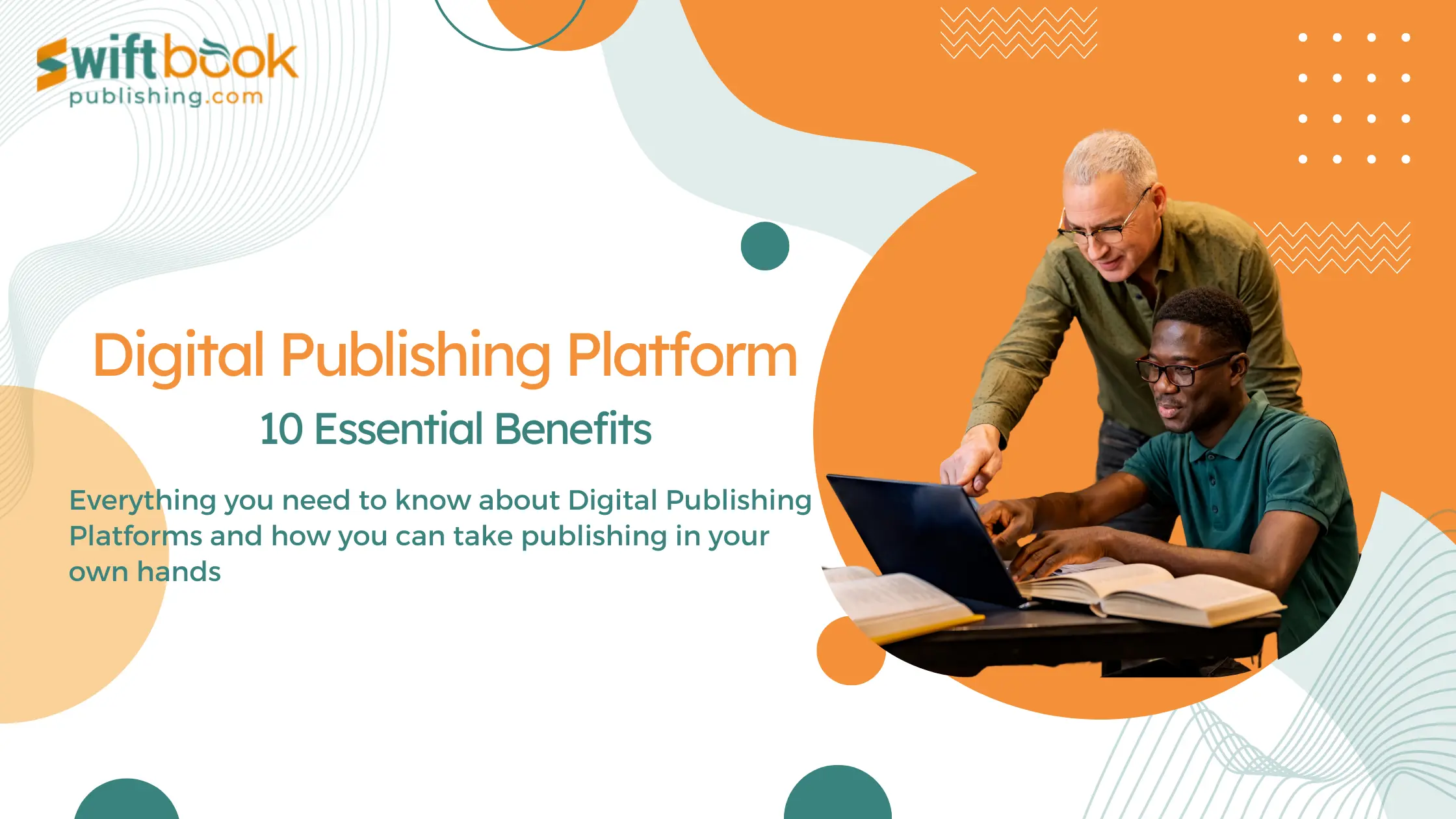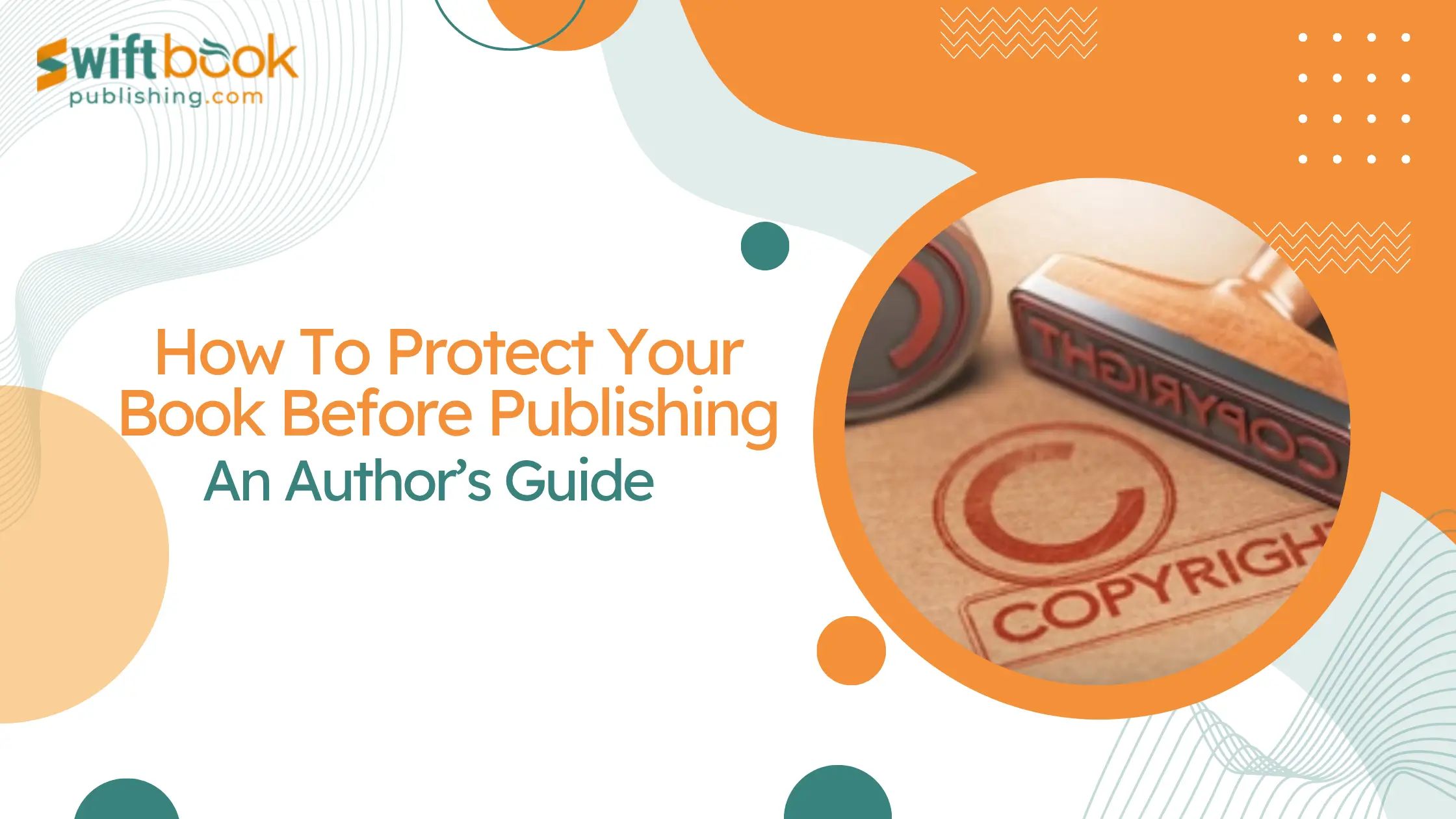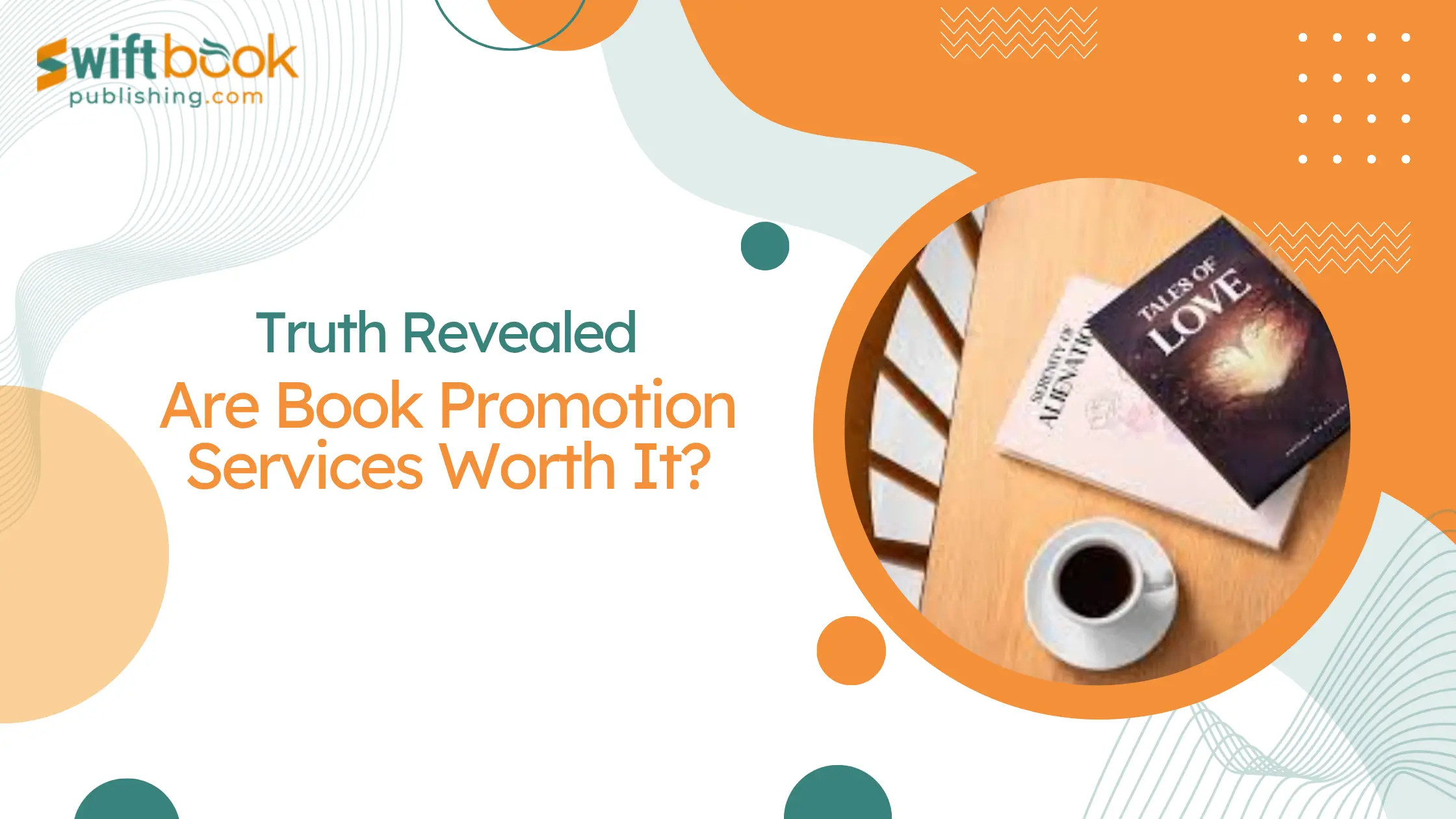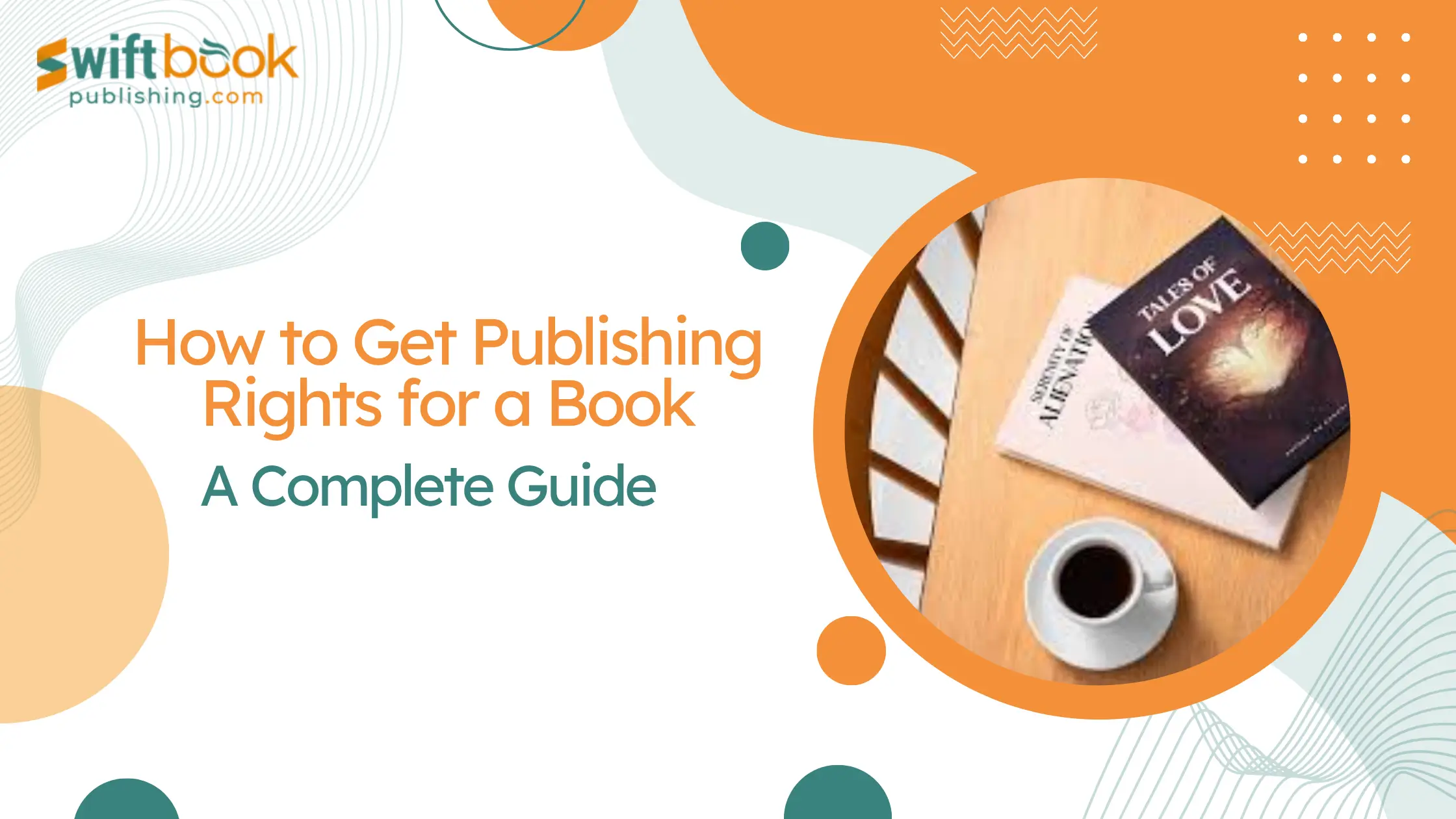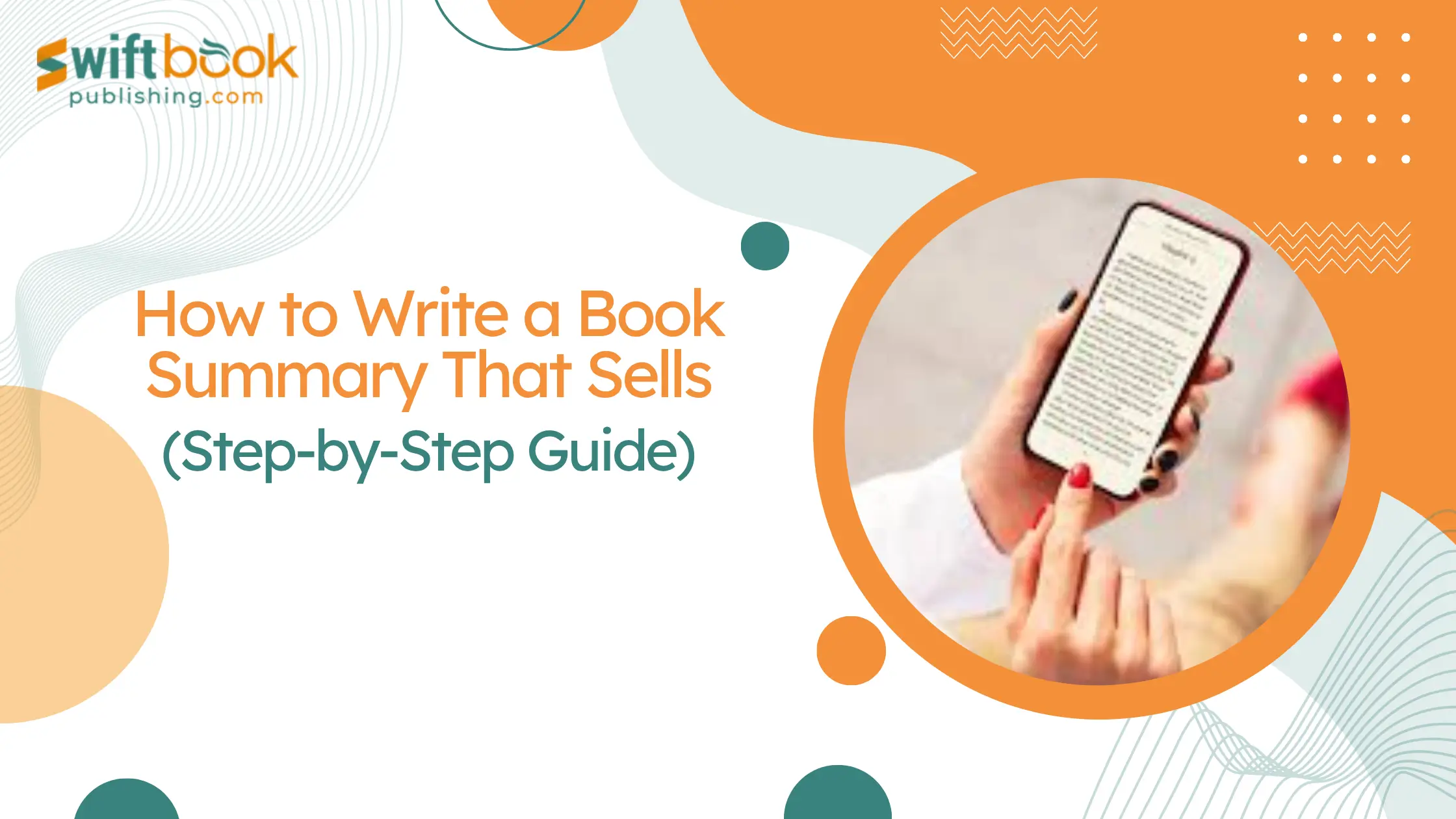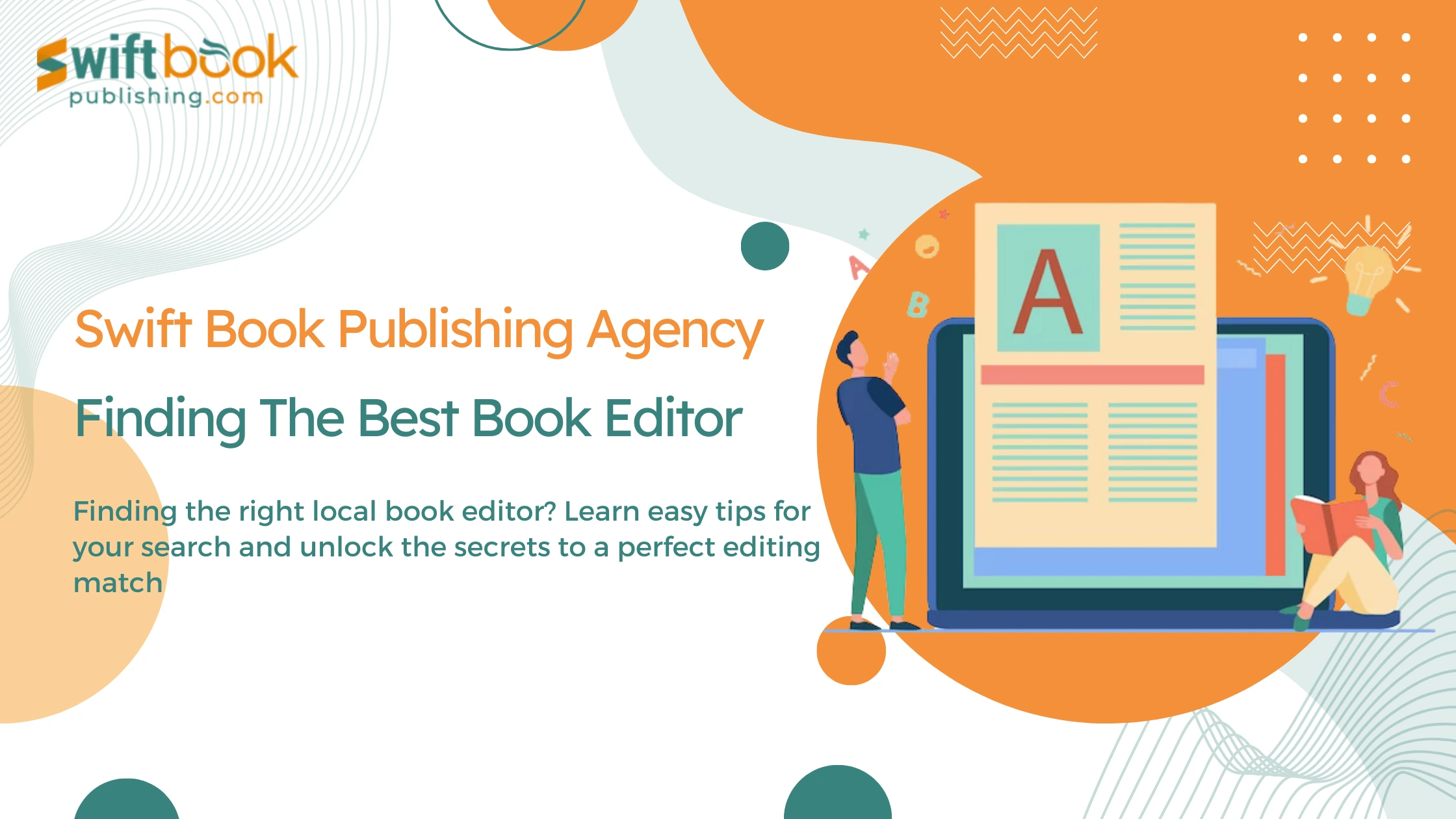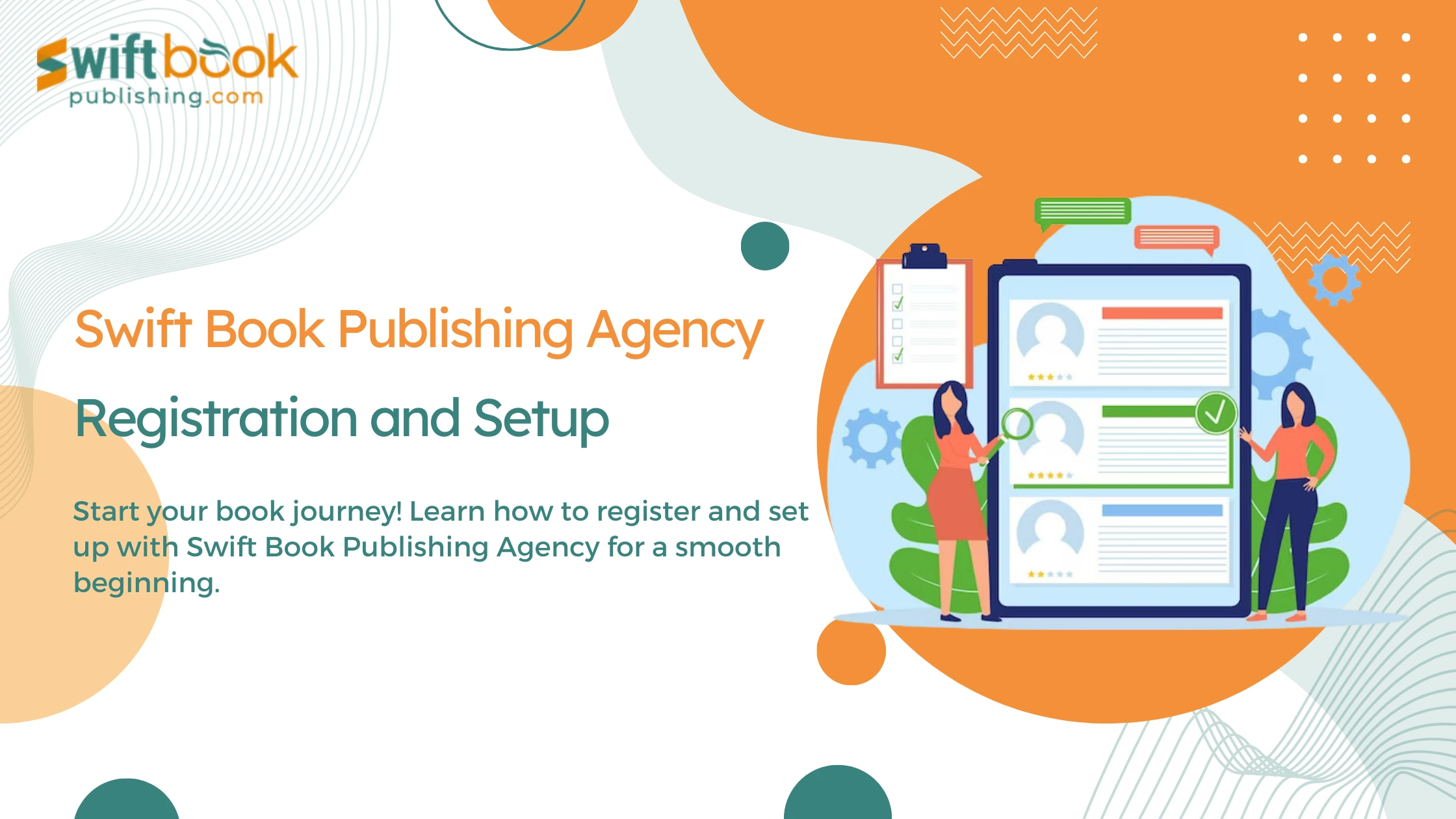Book Publishing has changed a lot over the past years, especially after the creation of the internet and online platforms. Today, Digital books have taken the world by storm. Although they aren’t as popular as their paperback counterparts that 42% readers still go for, the fact remains that the ebook market is growing and attracting a heavy reading audience as the same data reveals. It’s the reason why most authors choose digital publishing platforms.
Digital publishing aren’t just popular because of this sole reason, but mainly the medium offers ease of creation and distribution that traditional publishing lacks. There are many benefits associated with publishing digitally. The following piece shines light on these benefits. We’ll discuss the top benefits digital publishing has to offer, so you can decide more clearly which medium works best for you.
What is a Digital Publishing Platform?
Think about every service that a regular publisher can guarantee you. This includes the creation of content all the way to distribution and beyond.
A Digital Publishing Platform is basically the same thing but transformed into a software system. It is designed to facilitate the entire lifecycle of content, the same way a regular publisher does, but all of it is done digitally.
These platforms offer a diverse array of tools and features that empower content creators, authors, and publishers to take creative control into their own hands. Let us look at some of these features.
Key Features of Digital Publishing Platforms
1. Content Creation Tools
Digital Publishing Platforms come equipped with robust content creation tools that enable authors to develop engaging and interactive content. These tools may include WYSIWYG (What You See Is What You Get) editors, multimedia integration capabilities, and templates for various types of publications.
2. Customization Options
Flexibility is guaranteed on digital publishing platforms. The entire idea is to grant as much control to the user as they can so that they can take matters into their own hands. Users can customize the layout, design, and formatting of their digital publications to create a unique and visually appealing reading experience. Customization options often include font choices, color schemes, and interactive elements
3. Distribution Channels
Digital publishing is all about reaching a wide and diverse audience. These platforms support distribution across multiple channels, such as online bookstores, eReaders, mobile apps, and websites. The ability to seamlessly publish across various platforms enhances the visibility and accessibility of digital content.
4. Multi-Format Compatibility
Digital content exists in various formats, including EPUB, PDF, and HTML5. A robust digital publishing platform ensures compatibility with different file formats, allowing users to cater to the preferences and requirements of their target audience as well as making sure that they can experiment with newer formats as well.
5. User-Friendly Interfaces
Ease of use is a priority in digital publishing platforms. Intuitive user interfaces make it accessible for authors and publishers with varying levels of technical expertise to navigate the platform, create content, and manage their digital publications effectively. Naturally, the User Interface of such softwares is catered to beginners and it can go all the way up to the level of an expert, depending on the user.
6. Real-Time Editing and Updates
One of the notable advantages of digital publishing platforms is the ability to make real-time edits and updates. Authors can modify content, correct errors, or add new material without the delays associated with traditional print publishing.
7. Analytics and Reporting
Analytics tools are integral to digital publishing platforms. They provide insightful data on reader behavior, engagement metrics, and popular content. This data-driven approach empowers publishers to make informed decisions, refine their strategies, and enhance the overall reader experience.
Here is a Real Life Example:
One prominent example of a Digital Publishing Platform is Issuu.
Issuu is a versatile platform that allows users to create, publish, and discover digital content. It supports a variety of publications, including magazines, brochures, catalogs, and eBooks. Issuu provides a user-friendly interface for content creation, offers customization options, and facilitates distribution across its platform and other digital channels.
Issuu’s features include interactive elements, multi-format compatibility, and analytics tools to track reader engagement. Its user-friendly approach makes it accessible to independent authors, publishers, and businesses looking to showcase their digital content to a global audience.
Top 10 Benefits of Utilizing a Digital Publishing Platform:
We will look at the following benefits that a Digital Publishing Platform has to offer:
- Global Reach and Accessibility
- Cost-Effective Distribution
- Interactivity and Multimedia Integration
- Real-time Updates and Revisions
- Analytics and Data Insights
- Search Engine Optimization (SEO) Benefits
- Environmentally Friendly Publishing
- Multi-Platform Compatibility
- Monetization Opportunities
- Enhanced Security and Copyright Protection
1. Global Reach and Accessibility
Since it is the digital world, you don’t need to worry about geographical boundaries as you would with a regular publisher. Digital Publishing Platforms enable instant access to content on a global scale. An excellent example is Amazon Kindle Direct Publishing (KDP), which allows authors to publish and distribute eBooks worldwide. Readers from diverse locations can download and enjoy digital publications without the constraints of physical distance.
2. Cost-Effective Distribution
Unlike traditional print publishing, digital distribution eliminates expenses related to printing, shipping, and warehousing. Issuu, as we saw earlier, exemplifies cost-effective distribution by providing a platform for content creators to publish online magazines, reducing the financial burden associated with traditional print methods.
3. Interactivity and Multimedia Integration
Digital platforms, such as Adobe Digital Publishing Suite (DPS), empower creators to enhance their content with multimedia elements. DPS allows the integration of videos, audio, and hyperlinks into digital publications, creating an interactive and engaging reading experience.
4. Real-time Updates and Revisions
Platforms like Leanpub showcase the power of real-time updates. Leanpub allows authors to publish in-progress manuscripts, enabling continuous updates based on reader feedback. This real-time interaction enhances the quality of the content without the need for extensive reprints.
5. Analytics and Data Insights
Magplus is a Digital Publishing Platform that excels in providing robust analytics tools. It offers insights into reader behavior, engagement metrics, and popular content. Publishers can leverage this data to refine their content strategy, resulting in more informed decision-making.
6. Search Engine Optimization (SEO) Benefits
WordPress, often associated with blogging, is an example of a platform that combines digital publishing with SEO benefits. By optimizing content using relevant keywords and metadata, WordPress enhances the discoverability of digital publications through search engines, attracting a broader online audience.
7. Environmentally Friendly Publishing
Going green is a priority for the modern world considering how the carbon footprint of each individual is increasing day by day. It is only a matter of time before we enter a geographical age where the damage is irreversible which is why it is important that we take action now. Digital Publishing Platforms allow for a means of sustainable publishing by eliminating the need for paper which reduces the environmental impact of traditional printing processes, aligning with eco-friendly publishing practices.
8. Multi-Platform Compatibility
FlipHTML5 is a versatile Digital Publishing Platform known for its multi-platform compatibility. Publications created with FlipHTML5 are accessible across various devices, including smartphones, tablets, eReaders, and desktop computers. This ensures a seamless reading experience on the reader’s preferred device.
9. Monetization Opportunities
Zinio, a digital newsstand, offers diverse monetization models. Through Zinio, publishers can offer digital subscriptions, sell individual issues on a pay-per-view basis, or integrate in-app purchases. This variety of revenue streams allows authors and publishers to maximize the financial potential of their content.
10. Enhanced Security and Copyright Protection
Readz, a Digital Publishing Platform, prioritizes security and copyright protection. It incorporates features to prevent unauthorized distribution and piracy, safeguarding the intellectual property of authors and publishers. This security ensures creators maintain control over their digital content.
Can a Beginner Use a Digital Publishing Platform?
Absolutely, beginners can effectively utilize digital publishing platforms with ease. In fact, the entire point of Digital Publishing Platforms is to encourage beginners to take control of their own publishing process and break out of reliance on traditional publishers, which often cost thousands of dollars.
Many platforms offer user-friendly interfaces and intuitive tools designed to accommodate users of all levels of experience. Whether you’re an aspiring author, a small business owner, or an individual looking to share content, you will find these softwares to have a simple drag-and-drop interface, making the process seamless.
These platforms often offer step-by-step guides, tutorials, and customer support to assist beginners in navigating the content creation, customization, and distribution process. With a minimal learning curve, beginners can quickly grasp the functionalities and showcase their work, reach a broader audience, and explore the different opportunities available to them.
Conclusion
At the end of the day, the idea of these platforms is to encourage you to take the production of your story into your own hands. We have been made to believe that in order to make it big in the publishing world, one has to be associated with a reputable publisher, which is the only way their book will find the right marketing and voice. That is not true.
With Digital Publishing Platforms, you can do all of this on your own, provided that you take enough time to learn how to do it right…
Happy Publishing!


